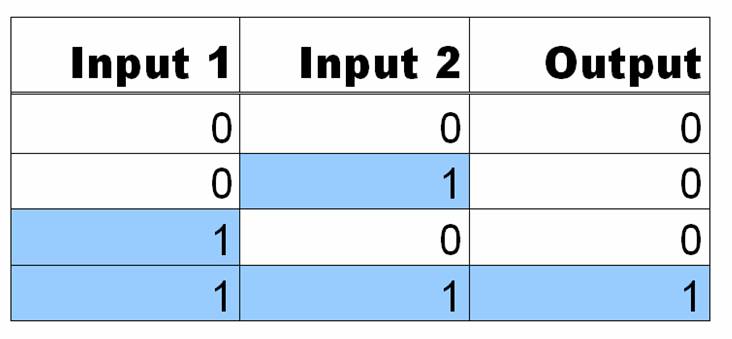Team:Minnesota/Project
From 2009.igem.org
| Line 31: | Line 31: | ||
We also examined 4 mutations in the Tet operator site for each construct. | We also examined 4 mutations in the Tet operator site for each construct. | ||
| - | + | <h2>Judging Criteria</h2> | |
| + | Judges! Please navigate to our [[Criteria]] Page for a list of the judging criteria for this year's competition, complete with descriptions of how we met our goals and helpful links to demonstrate our completion of the tasks! | ||
<br /> | <br /> | ||
<br /> | <br /> | ||
Revision as of 15:31, 3 August 2009
| Home | The Team | The Project | Submitted Parts | Modeling | SynBioSS Designer | Parts Characterization | Experiments and Calendar |
|---|
Contents |
The Project
AND Gates
How it works
AND Gates are logic circuits that produce an output if and only if two inputs are present. For example, our system produces GFP only if two small molecules named aTc and IPTG are present. If one of them is not present, no GFP will be produced. Ideally an AND gate will obey the truth table shown to the right, where 1 means the input is present, and 0 means that it is not.In order to get this behavior, we take advantage of the structure of promoter sequences in prokaryotes. When RNA polymerase(more specifically the sigma factor) binds to the promoter, it binds to region at -35 and -10 relative to the transcriptional start site. Since the entire sequence is not used by the sigma factor, there are three regions of DNA that can be changed to provide AND gate behavior. These are the upstream of -35, between -35 and -10, and downstream of -10. In each of these sites, we can place a DNA sequence that is preferentially bound by proteins in the cell. For this case, the two proteins are TetR and LacI, both of which are constitutively produced by our strain of E. coli(DH5-alpha-pro). In each of the three sites, either a lac or tet operon can replace the normal DNA. In order to create an AND gate, at least one of these sites must be a tet operon and one must be a lac operon.
We studied the potential of a synthetic, single promoter AND gate. This helps us understand at a fundamental level what is happening in a network with multiple regulators and opens further research paths. The device consists of parts of the Tet (tetracycline) and Lac (lactose) and responds to commonly used inducers IPTG (Isopropyl β-D-1-thiogalactopyranoside) and aTc. Three or fewer of these operators can be combined to form a promoter and the order and quantity of each operator site result in different constructs, that is, given three blank spots for operators on a promoter and the choice of either -, T or L for each spot, there are a variety of possible promoter designs. We chose to focus on four constructs:
- T T L
- T T -
- T - -
- - T -
We also examined 4 mutations in the Tet operator site for each construct.
Judging Criteria
Judges! Please navigate to our Criteria Page for a list of the judging criteria for this year's competition, complete with descriptions of how we met our goals and helpful links to demonstrate our completion of the tasks!
 "
"


